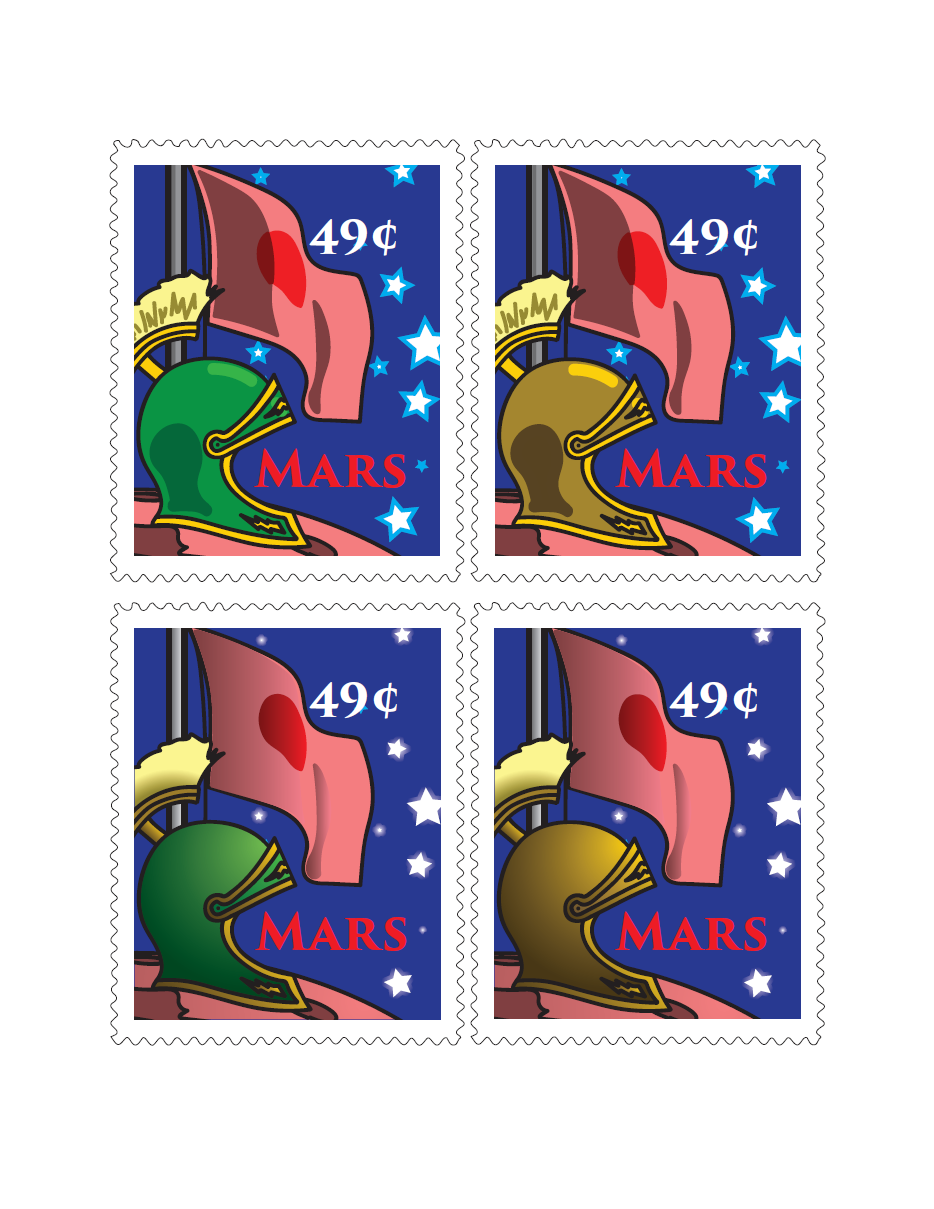 Left: Actually, to me "King Arthur" is Graham Chapman, but he wouldn't have fit the tone of the story.
Left: Actually, to me "King Arthur" is Graham Chapman, but he wouldn't have fit the tone of the story.
Right: Gwenhwyfar ferch Ogrfan Gawr
Drwg yn fechan, gwaeth yn fawr.
"Gwenhwyfar, daughter of Ogrfan Gawr,
Bad when little, worse when great."
If my Arthur looks familiar to you, you probably need no explanation about whom Guinevere's design is cribbed from.
Left to right: Lancelot, Mordred, Gawain and Bedivere. I meant for Gawain to look young yet steely, instead I think he looks like an unlikeable teen pop star. Mordred is my favorite; it wasn't my intention, but he's basically an older Christopher Robin. I could never settle on a good design for Lancelot, but I knew Bedivere was to have a moustache.
Enemies! The two on the left are a couple designs for Ælle, king of the South Saxons - the kingdom that later became Sussex. The smaller guy's helmet is based on the Berkasavo find, which is quite far out of time and place; the larger one is based on later Germanic designs. As far as I know, there are no finds of helmets from turn-of-the-sxith-century Britain.
On the top right is Oisc of Kent (some detail seems to have been lost in the process of adjusting scanner settings) and on the bottom, Meleagant or Melwas.
Ymddiddan Melwas a Gwenhwyfar. Melwas vaunts his successful kidnapping of the Queen before Gwynn ap Nudd, king of Annwn. Gwenhwyfar is not impressed and prepares to call him out for having ambushed Cai. Then she spies a small man in black and yellow standing nearby.
A soap opera moment: Kay confronts Guinevere about her affair with Lancelot. This scene isn't based on any legendary account and is just a study for how characters might interact over the course of the series. Kay is impetuous, but I like to think he's smarter than he looks, and not malicious. So he won't be the one to tell Arthur what's going on.
As for Guinevere, too eager to please her family and friends, and thinking things would work out for the best, she agreed to marry a man who's madly in love with her but whom she only likes as a friend. The temptation when she met someone for whom she did feel true passion, and the guilt accompanying it... her position is extremely unenviable.
Right: Arthur sometime between Kay's death and Camlann. It would have been by design that he doesn't grow up so much as wear out, becoming gaunt and empty-eyed in his 20s.

Left: Long before she was Arthur's creepy half-sister, she was the benevolent but distant queen of Avalon. Standard modern elf design mixed with a soupçon of Maleficent (the only character or element I liked about Sleeping Beauty).

























.jpg)
.jpg)




















